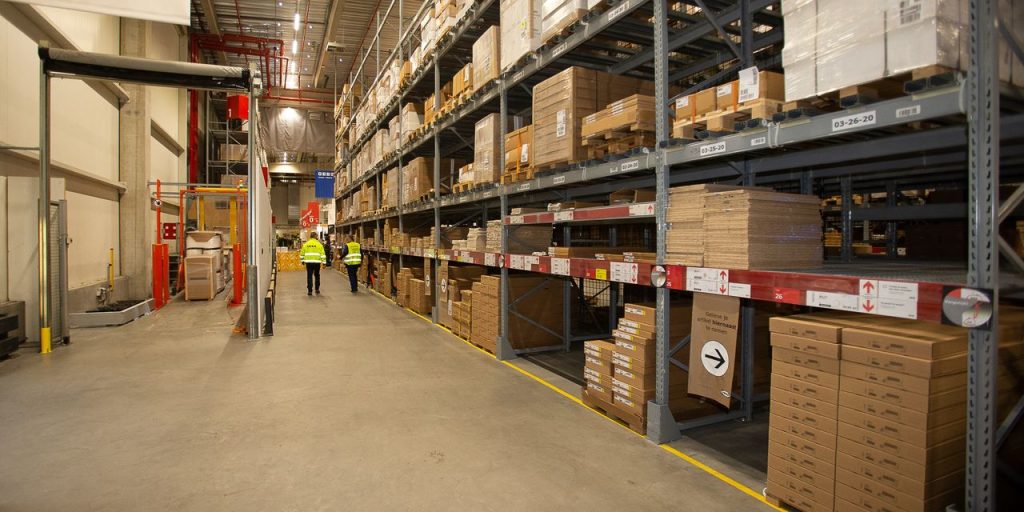The level of inventories, or unsold goods, that U.S. wholesalers are keeping on hand fell in September to a 13-month low amid uncertainty about whether the economy can maintain its recent momentum.
The so-called inventory-to-sales ratio slid to 1.33 in September from 1.36 in the prior month. The ratio measures how many months it takes to sell all the unsold goods sitting in warehouses across the country.
Companies have scaled back production and have been more cautious about getting stuck with unwanted inventory because they are unsure if the demand can be sustained.
The Federal Reserve has jacked up its key short-term interest rate to the highest level in 22 years in effort to curb high inflation. Higher borrowing costs have dampened demand for manufactured goods and put more strains on the economy.
The strain is evident in wholesale sales. They have risen less than 1% in the past year and are actually negative when inflation is taken into account.
As a result, inventory levels have declined in the past 12 months, government figures show.
The reluctance of businesses to restock more aggressively contrasts sharply with the immediate aftermath of the pandemic.
Firms boosted inventories to record highs after the economy reopened and customer demand surged. Ultra-low interest rates and massive federal fiscal stimulus helped to fuel the increase in spending.
At the same time, businesses struggled to procure supplies amid a global shortage of key materials that triggered the spike in inflation.
They sought to stock up more than usual because they were worried they might not be able to keep up with customer demand. Some even got caught with too many goods on hand as the supply shortages waned, forcing them to discount heavily at the expense of profits.
Now companies are being more mindful of how much they restock until they get more clarity on the direction of the economy.
Overall inventory levels, however, are not excessively low. Indeed, the inventory-to-sales ratio is back to prepandemic levels. The big question is, where do they go from here.
Some economists view more muted restocking as a welcome news.
“This could be a signal of either stronger sales or a better management of inventories by wholesale firms across the U.S.,” said Eugenio Aleman, chief economist of Raymond James.
U.S. consumer spending surged at a 4.9% in the third quarter to mark the fastest pace in a decade, excluding the pandemic years of 2020 and 2021.
Yet the surge is unlikely to be sustained, economists say, and they expect demand to slow in the coming months to more normal levels of 2% or so.
That appears to be what businesses are expecting in light of their more careful management of inventory levels.
Read the full article here
